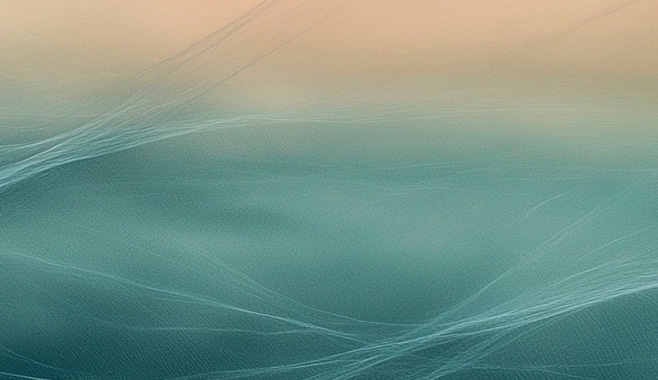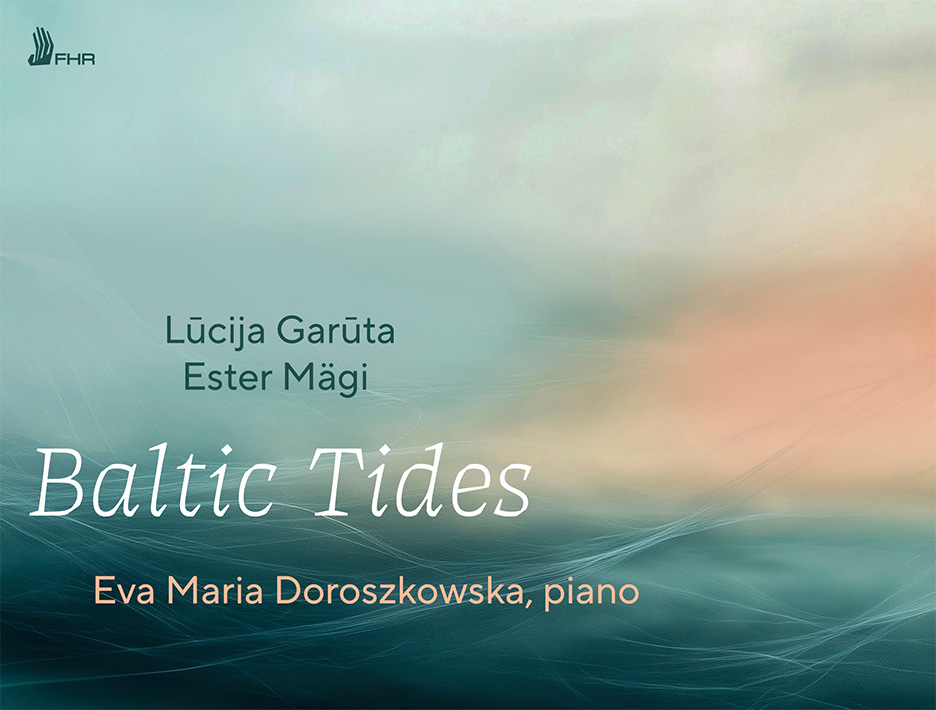Music
Baltic Tides (CD)
Eva Maria Doroszkowska
4/5
Daughters of the Baltic
In this lyrical and meditative solo piano album, the pianist Eva Maria Doroszkowska has chosen to showcase two 20th century women composers from the Baltic region, the Latvian Lūcija Garūta (1902 – 1977) and the Estonian Ester Mägi (1922 – 2021), virtually unknown outside of their countries. Both composers were also pianists and are representatives of National Romanticism, their popularity fusing with the nationalist sentiment rekindled with Latvian and Estonian independence from the Soviet Union in 1990/91.


Doroszkowska is an accomplished pianist and plays with great sensitivity and poise. She obviously feels kinship with these composers and her passion translates into delicate attention and precision in her performance. She has a gift for shaping and timing these pieces intelligently, with innate lyricism as well as restraint, so you await the developments attentively, visualising the music as it expands.
As much as communism allowed a certain equality of women with men, it must have been difficult to be taken seriously as a female composer in the first half of the 20th century in particular as part of an ethnic minority in the former Soviet Union. As if often the case with female artists, these two women have very much followed their own path, not looking to align with any political or artistic ideology. Perhaps as a result, they are definitely not avant-garde and represent a traditional approach to composition, and as such it is gratifying to see that they have been appreciated in their own countries.
The first half is dedicated to Garūta and it begins with the never before recorded Legenda (1934) which sets off broodingly and then broadens into a sweeping flow of romantic textures and harmonies. It is a good way to start the album announcing its style and scope. In retrospect, this turns out to be one of my favourite pieces.
The simplicity and clarity of the Etudes for the Sostenuto Pedal (1936, 1956) which follow encompasses spiky and foreboding passages as well as more lyrical sections, sometimes with folkloric turns, with the last piece the most dramatic of all. The third etude Bells is particularly evocative and atmospheric.
Prelude No 1 in B minor is perhaps the most striking of the 4 Preludes (1927-1829), enticing you listen carefully to its beautifully structured development. The later preludes start to feel a little repetitive. There is definitely a recognisable style to Garūta’s music, in essence Romantic, and a certain innocence to these works created before the eruption of the Second World War. The sleeve notes mention the connection with the landscape and the compositions do bring the northern seas to mind in their limpid textures and instinctive clarity which Doroszkowska recreates with aplomb.

The second half devoted to Mägi starts with 3 Sea Tableaux (1961) which immediately remind me of Debussy’s La mer. The writing is more impressionistic unlike Garūta’s, but these are also much later pieces. The first tableau is somewhat a pastiche on Debussy, nevertheless still well written and providing an interesting contrast to Garūta’s works that precede it. The second tableau depicts a lingering melancholic turmoil, while the third is quite folkloric, still recalling a seascape, but in a more turbulent and volatile mood. Mägi was inspired by Laulasmaa, a village on the Baltic coast where she spent many summers, and where this CD was recorded at the Arvo Pärt Centre. The music coinciding with the place of its inspiration no doubt adds additional spirituality to Doroszkowska’s performance.
Junipers of Kassari (1994), the most recent work on the album, still sounds impressionistic, although influences of a world less tonal can be heard in places.
The remaining pieces are all strongly folkloric. 10 Piano Pieces (1957) consists of lowkey snippets in the tradition of light folkloric suites, suitable as a contrast to weightier compositions. I wonder how much the communist times and lifestyle have contributed to their lightness and restrained eloquence. Not surprising perhaps that they have not been recorded before. The CD ends with the Ancient Kannel (1985), another brooding folkloric composition which sounds like a celebration of a very different time.
Mägi’s style is heavily inspired by Estonian folk tunes, and hence sometimes sounds more traditional than Garūta’s. On the other hand, her 3 Sea Tableaux are beautiful impressionistic pieces worth knowing. Doroszkowska weaves the connections well, the Baltic, the folkloric melodies and rhythms, the comparable simplicity of more modest works, the clarity and humility of purpose and the two composer’s obviously strong pianism.
Baltic Tides is issued by the CD label First Hand Records: https://firsthandrecords.com/products-page/upcoming/baltic-tides-piano-works-by-garuta-magi/